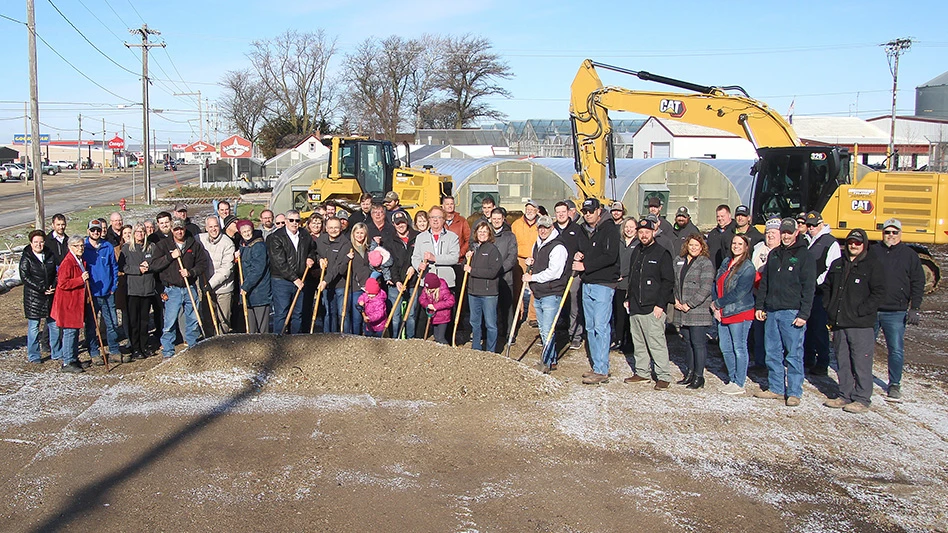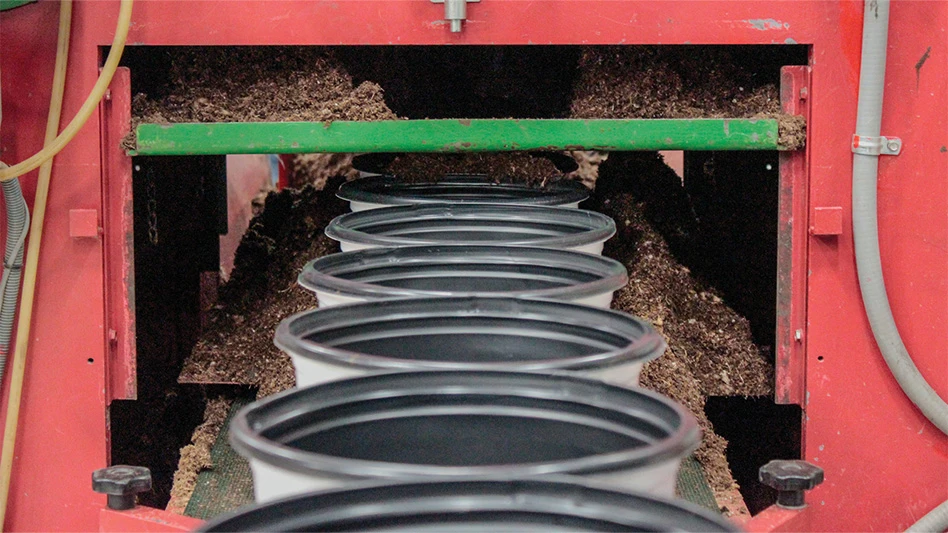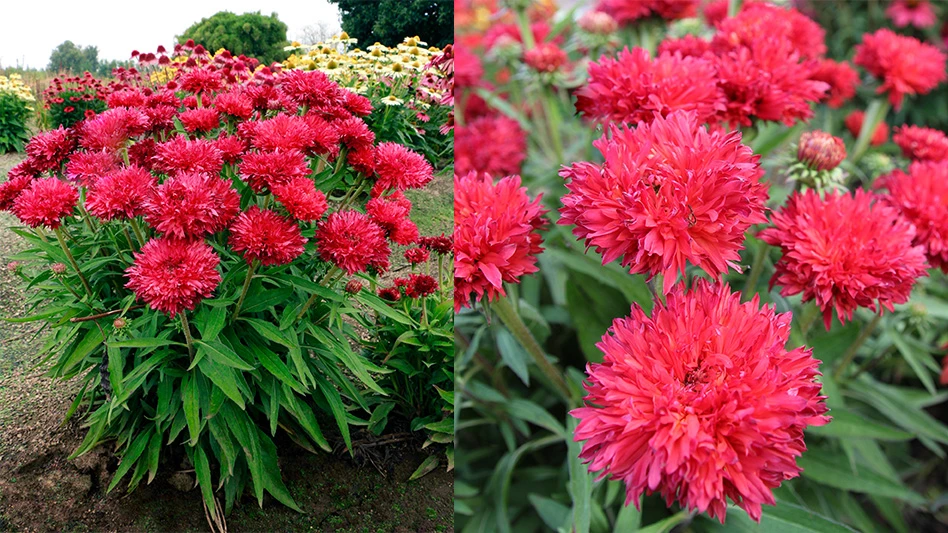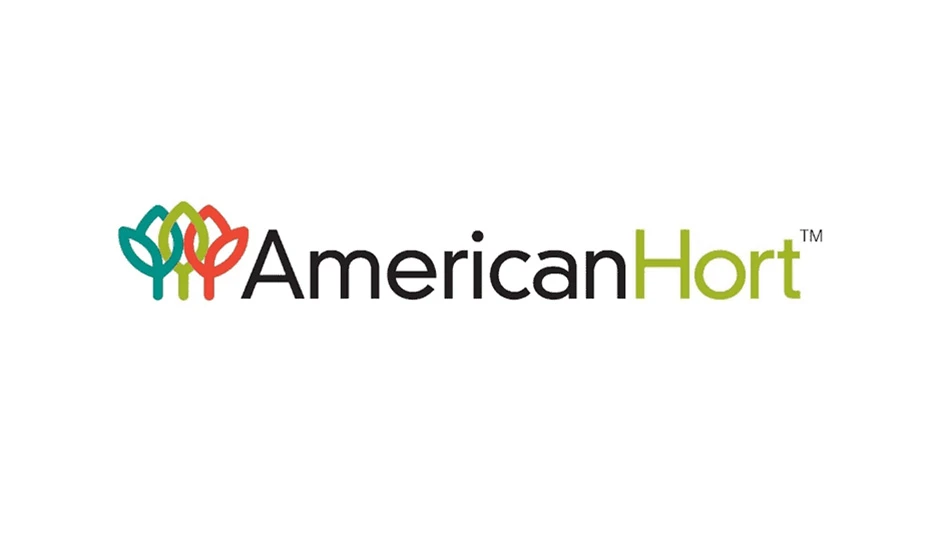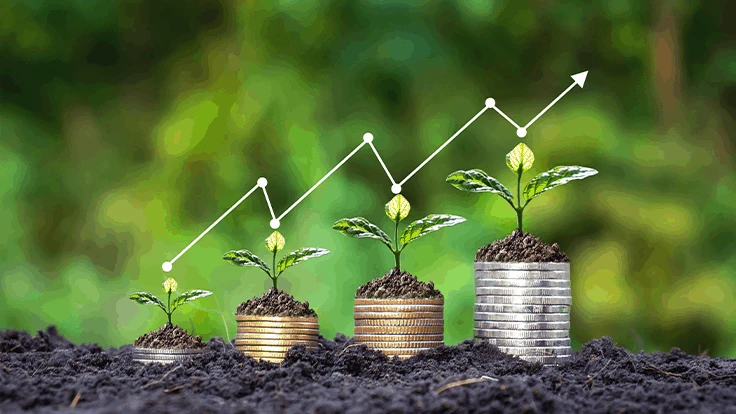
Adobe Stock
We’ve moved from the Great Recession to the Great Shutdown to the Great Conundrum, said Dr. Charlie Hall at the State of the Industry presentation during Cultivate’21. “We’re in a period of probable growth but we’re constrained,” he said, “but that’s not necessarily a bad thing.”
Pre-COVID, we were in an unprecedented period of 128-month economic growth. Housing was peaking, inflation was in check and consumption was steady at 70% of overall GDP. Unemployment was low and the stock market was steadily growing.
Since the Great Recession, we’ve seen:
- 16.1% fewer growers (nursery and greenhouse)
- 4.6% fewer IGCs and box stores
- 17.6% more landscape service providers
Working capital
However, there has been mixed performance across the industry. The last six years have seen steady growth for growers in Hall’s database. In 2020 vs. 2019, there was a 10.6% increase for all growers in Hall’s database. But when digging into the numbers, the median growth was 7%, but the range was wide from 26% down to 32% up.
“A lot of the negative was due to the fact that businesses weren’t deemed essential until May and it’s tough to make that up,” Hall said.
On the landscape side, 46% of firms were up significantly while the remainder were either static or up slightly.
All of that increased business has resulted in a high level of working capital. “I have never seen working capital as high as it was going into 2021,” Hall said.
But Hall cautions against aggressive spending. Whenever consumers are forced to remain at home, whether it’s due to economic reasons or public health issues, the horticulture industry gets a “shot in the arm,” he said.
“But in every single case bar none (since 1949), when people make the switch to buying durable goods like cars and refrigerators, they pull back on buying lawn and garden products,” he said.
And in the past, the industry hasn’t been able to maintain the public’s interest. On top of that, there has been huge disruption in the supply chain. Not only are there not enough truckers to move product, Amazon and other delivery services are stressing the system even more. The plant shortages of 2020 and 2021 are challenging the industry as well. Hall noted that unlike past years, retailers are not reneging on pre-orders.
Labor
Currently in the industry, there is a need for nearly 9.2 million workers, Hall said: about 6.5 million jobs that are open now and 2.6 million that would have been created if there were the workforce to fill them.
While many blame the issue on COVID unemployment checks, two separate university studies have found that the effect on the workforce has been very small, Hall said.
In the past few years, tariff costs have been passed on to the consumer and with a pandemic on top of that, there has been increased difficulty in obtaining raw materials. And the industry felt that pinch this spring as it drove up the cost of containers and plant protection materials. Hall said this drove up the cost of doing business by 11%.
“Input costs are rising so we’re going to need to increase prices to maintain margins,” Hall said. The way to do that is to increase the perceived value of plant material through marketing, whether it’s the economic, health, experience or quality of life benefits.
Because while consumers are spending more on houseplants, landscaping and flowers when they’re forced to remain home, that spending won’t continue at the same level without the proper marketing. “It’s incumbent on us to continue talking about the benefits of plants,” he said.
Latest from Greenhouse Management
- The HC Companies, Classic Home & Garden merge as Growscape
- Eason Horticultural Resources will now officially be known as EHR
- BioWorks receives EPA approval for new biological insecticide for thrips, aphids, whiteflies
- ScottsMiracle-Gro transfers cannabis subsidiary to focus on core lawn and garden business
- Ellen Mackenbach-Lakeman appointed new CEO of Dümmen Orange
- Southern Garden Tour sets 2025 dates for trial garden open houses
- Belgian thermal screen manufacturer Phormium launches Noctis Thermo
- New book explores plants that thrive in Rocky Mountains

